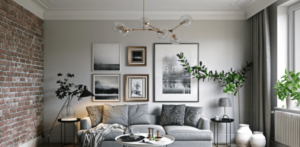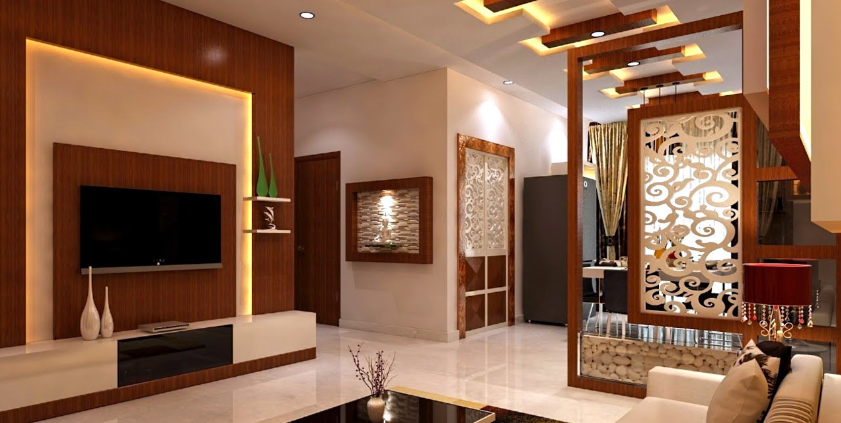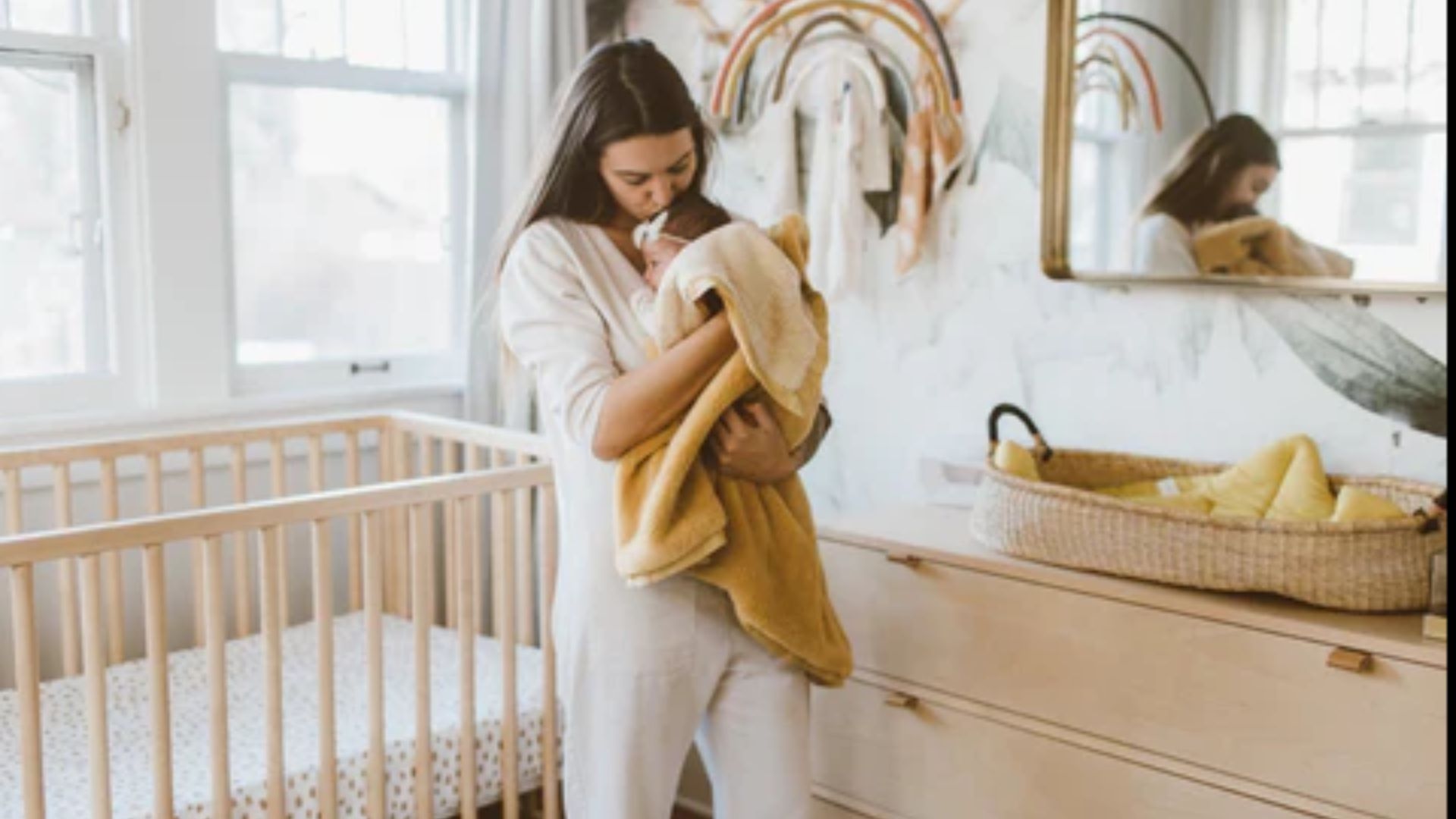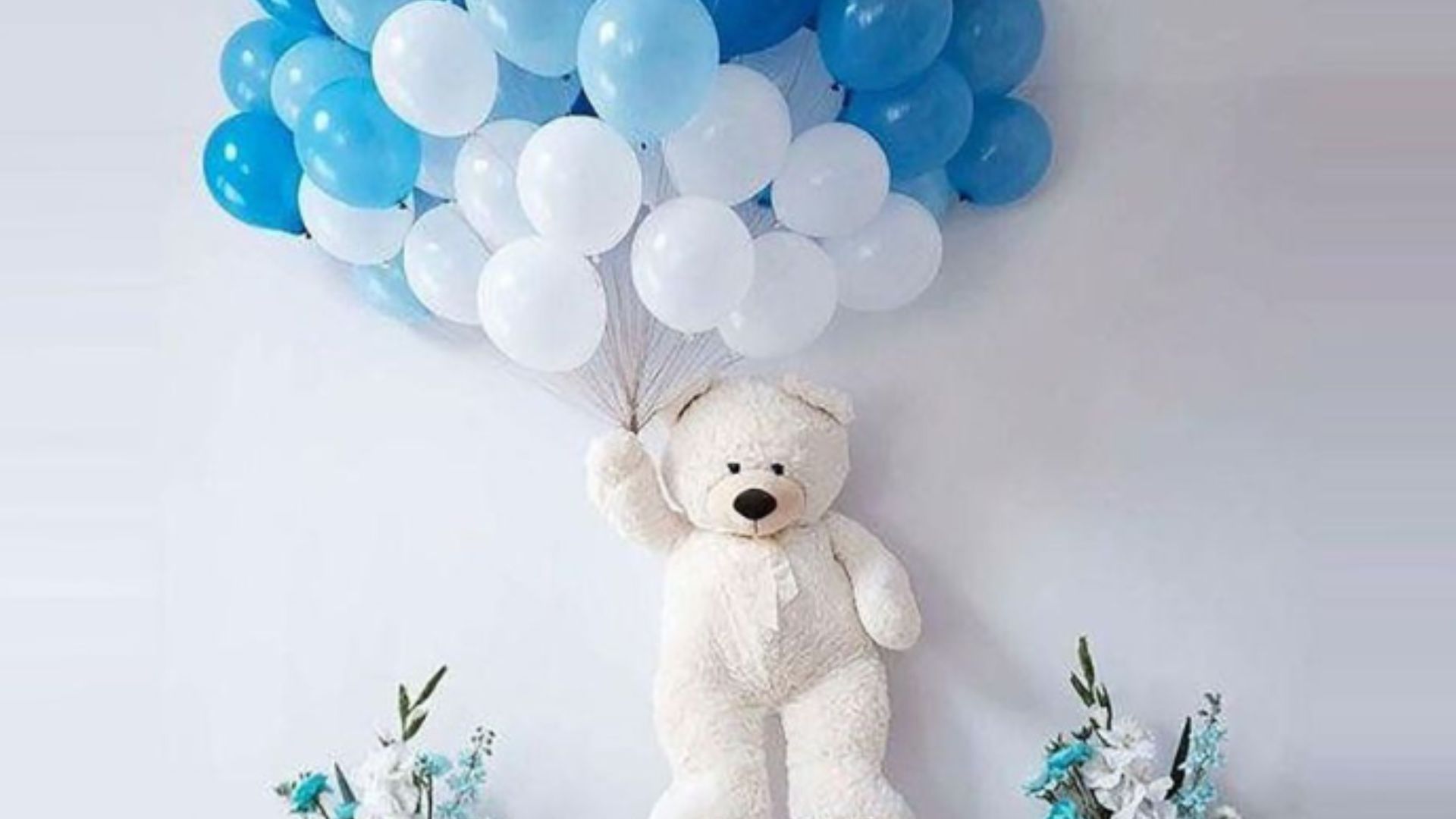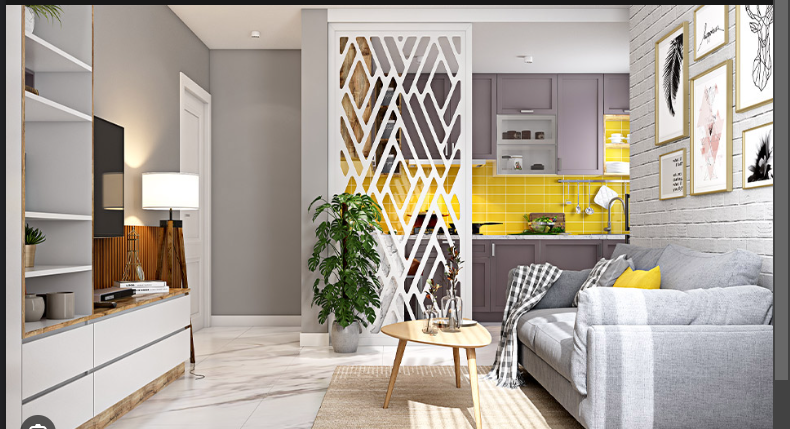Interior designs goes beyond mere decoration; it’s about optimizing functionality in every nook and cranny. Each room’s purpose is carefully considered, ensuring it serves its intended function flawlessly. Through thoughtful planning, traffic flow is maximized, and spatial organization becomes a seamless experience.
Harmony in Design
To begin withy, creating a balanced and harmonious environment is the hallmark of a successful interior design. Skillfully blending furniture, colors, and textures establishes an ambiance that speaks to the soul. The room becomes a sanctuary, with elements working together in perfect unity, never overpowering each other.
The Colorful Impact
In addition, colors wield immense power in influencing emotions and moods. From calming pastels to invigorating bold hues, the right color choices can transform a space into a living canvas of emotions. Designers use colors to evoke specific feelings and create an inviting atmosphere.
Comfort Meets Functionality
Moreover, ergonomics plays a crucial role in interior design, ensuring furniture and layouts prioritize comfort and ease of use. A well-designed room not only looks pleasing but also feels welcoming and cozy, making residents and guests feel right at home.
The Illuminating Touch
Additionally, lighting holds the key to enhancing a room’s character. Skillful manipulation of natural and artificial light sources adds depth and mood to a space. Therefore, lighting design can make small spaces feel more expansive and large areas more intimate, catering to varying needs and preferences.
Texture and Patterns
Therefore, textures and patterns add layers of intrigue to a room, engaging the senses and creating visual interest. Tactile elements like plush fabrics and intricate patterns elevate a space, providing it with a captivating and sophisticated appeal.
Embracing Simplicity
Minimalism champions simplicity, allowing the essence of each element to shine through. Removing excess clutter and distractions leads to a cleaner, more organized, and calming environment. Moreover, minimalist design embraces the concept of “less is more” without sacrificing beauty and functionality.
Sustainability in Design
Modern interior design embraces eco-consciousness, promoting sustainable practices and the use of environmentally friendly materials. Therefore, from recycled furniture to energy-efficient lighting, sustainable design choices contribute to a greener planet.
Personalized Expression
Interior design offers an opportunity for self-expression, enabling homeowners to infuse their unique personality and tastes into their living spaces. From cherished heirlooms to cherished mementos, personalized elements make a house feel like a home.
Multi-Functional Spaces
With space becoming a premium, interior design increasingly focuses on creating multi-functional areas. Furthermore, versatile furniture and convertible layouts allow rooms to adapt to various needs, maximizing utility without sacrificing style.
Creating Timeless Appeal
In addition, the best interior designs stand the test of time, avoiding trends that might quickly become outdated. By blending classic and contemporary elements, designers achieve an enduring elegance that remains appealing for years to come.
Cultural Influences
Interior design often draws inspiration from various cultures, celebrating diversity and embracing global aesthetics. Moreover, integrating cultural elements like traditional patterns, artwork, and artifacts infuses spaces with a rich tapestry of history and significance.
Wellness-Centric Design
The growing emphasis on well-being has led to the rise of wellness-centric interior design. Incorporating elements like biophilic design (connecting with nature), air purification systems, and relaxation spaces promotes mental and physical health within the comfort of one’s home.
Adaptability for Change
Lastly, interior design that prioritizes adaptability allows spaces to evolve and grow with the changing needs of the occupants. Whether it’s accommodating a growing family, transitioning to a remote work environment, or simply refreshing the aesthetic, flexible design ensures the home remains relevant and functional over time.
Conclusion
In conclusion, interior designs are a multifaceted art that involves understanding the purpose of a space, harmonizing elements, utilizing colors effectively, prioritizing comfort and ergonomics, manipulating lighting, incorporating textures and patterns, and embracing simplicity. Therefore, by following these principles, you can transform your living spaces into inspiring and functional havens that reflect your personality and bring joy to your everyday life.
